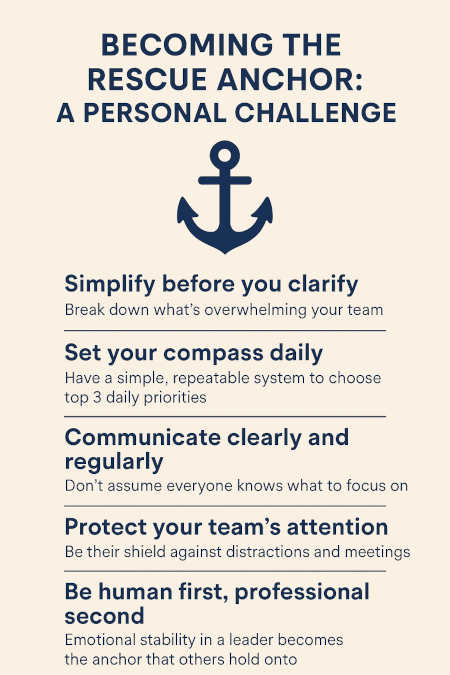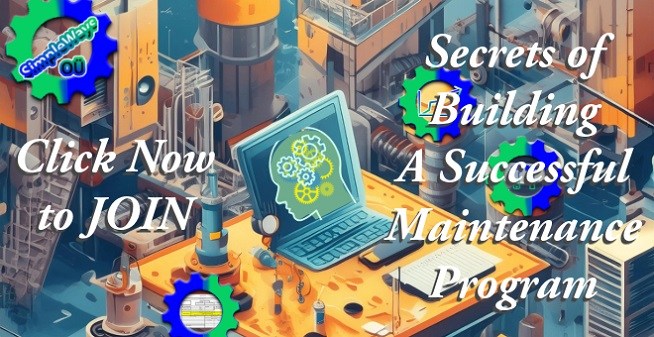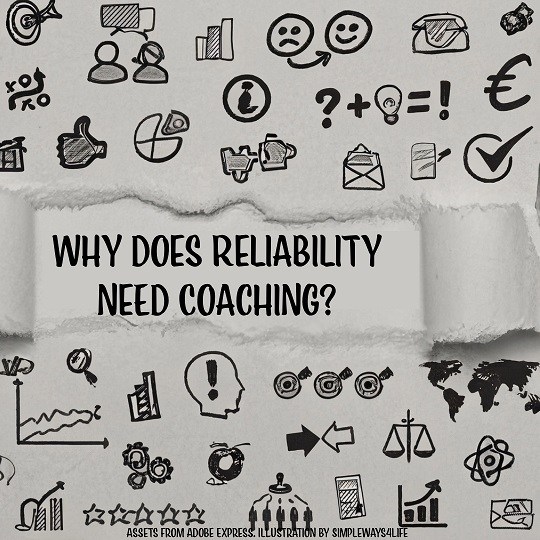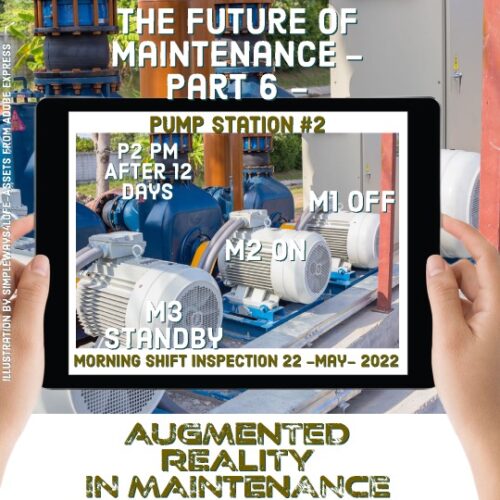It’s one thing to recognize the need for a Rescue Anchor. It’s another thing entirely to become one. That’s A true Personal Challenge.
In last week’s article, “When Noise Overwhelms, Maintenance Teams Need a Rescue Anchor,” I explored the chaos that maintenance teams often face—constant interruptions, shifting priorities, and the overwhelming noise of daily operations. In the middle of that storm, we introduced the idea of the Rescue Anchor: not a force that stops the storm, but one that stops the drift—the subtle slide away from purpose, focus, and progress.
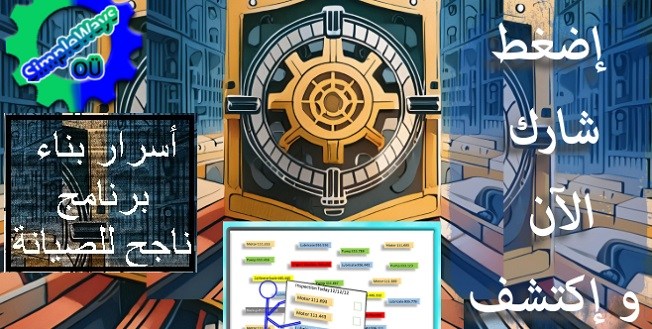
CUSTOMPRICE-TO2JAN26
Today, we want to go a step further: Before your team jumps into another strategy session, rolls out a new app, or adopts the next trending workflow, pause and ask:
What is our Rescue Anchor? Who—or what—keeps us grounded when everything else is shifting?
And more importantly:
Are you willing to step into that role?
This article is about what it means—personally and professionally—to become that stabilizing force when your team needs it most. Let’s recap our last article to build upon it in this article.
A Recap of the importance of the Rescue Anchor
A Rescue Anchor is not a tool or a dashboard. It’s a person, a method, or a mindset that brings clarity, calm, and reliable direction. In our previous article we covered those points:
- The Daily Noise: Why Maintenance Teams Are Drowning or Drained?
- What Is a Rescue Anchor in Maintenance
- Emotional Fatigue Needs a Solid Ground
- Your Digital Tools Are Not the Safe Harbor

CUSTOMPRICE-TO2JAN26
Becoming the Rescue Anchor: Why it is a Personal Challenge?
Whether you’re a technician, developer, supervisor, or engineer—you can become the Rescue Anchor for your team. It’s not about authority. It’s about mindset.
Becoming the Rescue Anchor isn’t about waiting for someone with a title to step in. It’s about recognizing that stability and clarity are things you can bring to the team—regardless of your role. Whether you’re a technician on the frontline, a supervisor managing resources, or an engineer planning the long game, the opportunity to be the anchor is there. The challenge? It’s deeply a personal challenge. It stems from uplifting your internal efforts and values with what it takes to anchor the team.
Why? Because anchoring others requires first anchoring yourself. In any business environment including maintenance where priorities shift hourly, being the person who stays calm, consistent, and focused demands emotional discipline and internal clarity. It means choosing to respond instead of react, to step back and ask why before jumping into how. That’s not easy when alarms are going off and downtime is mounting. But that’s exactly why it matters. The Rescue Anchor doesn’t have to have all the answers—they just refuse to get swept away.
Here’s how:
Ready to transform your mindset? Click and Get your copy > Now For Sale on Simpleways.life & Amazon
Simplify Before You Clarify
Before you can bring clarity to your team, you need to reduce the noise. Often, technical/maintenance teams are overloaded—not because they lack skill or motivation, but because they’re buried under a tangled mess of systems, expectations, and communication channels. Too many platforms, too many messages, too much data—without a clear signal.
The first responsibility of a Rescue Anchor is to simplify. Strip away the nonessential. Identify redundancies. Ask questions like: Do we really need five dashboards? Why are we sending the same update three different ways? Is feedback happening, or just assumed? Once you create space by simplifying, then and only then can you bring clarity. You can’t guide your team if they’re still wading through fog.
Set Your Compass Daily
Anchors don’t drift because they’re grounded. Likewise, Rescue Anchors don’t drift because they have a compass—a daily, intentional method for setting direction. One of the most effective practices is choosing your top 3 priorities every day. Not your top 30. Just 3. If everything is a priority, nothing is.
This doesn’t mean ignoring emerging issues, but it does mean resisting the urge to chase every fire. By setting your compass daily, you model discipline for your team. They begin to understand that focus is a choice, not a luxury. Over time, they learn to navigate through the noise by following your example. One clear, consistent priority communicated daily is more powerful than a hundred vague ambitions.

CUSTOMPRICE-TO2JAN26
Communicate Clearly and Regularly. Is Communication a Personal Challenge?
Don’t assume your team knows what matters. Don’t assume they read that email, saw that update, or caught the implication. Assumptions lead to drift. Rescue Anchors overcommunicate—not by being loud, but by being clear, repetitive, and consistent.
Say it. Show it. Repeat it. Clarity is a service to your team. Use simple language. Use visuals. Use repetition. A weekly briefing, a whiteboard with today’s goals, a 30-second stand-up—it doesn’t have to be fancy. But it does have to be intentional. Consistent communication anchors focus. And when things go wrong (and they will), your team will default back to what was clear, not what was vague.
Protect Your Team’s Attention after safe-guarding yours
Your team’s attention is a limited, valuable resource. Don’t waste it. As the Rescue Anchor, part of your role is to act as a filter. Say no to meetings that don’t serve the mission. Push back on cluttered processes. Summarize the 10-minute voice note into a 2-sentence actionable item. You’re not being controlling—you’re creating space for work that matters.
Attention is fragile. When it’s scattered, mistakes increase and morale drops. When it’s protected, teams become sharper, faster, and more confident. You don’t need to control every aspect of the environment—just guard the signal from the noise. Make it easier for your team to focus by removing the things that don’t matter.

CUSTOMPRICE-TO2JAN26
Be Human First, Professional Second. A core Personal Challenge
At the core of the Rescue Anchor mindset is emotional steadiness. Not perfection, not cold detachment—steadiness. When a leader remains calm and grounded, even in the face of pressure, it gives the team something to hold onto. People follow people, not job titles. And people remember how you made them feel under pressure more than what you said.
Being human first means showing empathy, owning mistakes, listening before reacting, and modeling emotional resilience. It means understanding that people have off days, and progress isn’t linear. When your team sees that you care more about people than processes, they’ll trust your guidance even in rough conditions. And that trust is what transforms an individual into a true Rescue Anchor.
What to Look for in a Rescue Anchor & Can Maintenance Fails Without a Rescue Anchor? That’s what we shall chat about next,be there.
Conclusion: Becoming the Anchor, Choosing the Challenge
Becoming the Rescue Anchor isn’t a title or a task—it’s a mindset shift. It’s a quiet commitment to simplify, to stay grounded, and to help others find clarity in the chaos. Whether you’re on the shop floor or leading from the front office, your influence doesn’t come from your position—it comes from your presence.
This role is deeply personal because it challenges who we are when things get hard. Can we stay focused when others panic? Can we create clarity without being controlling? Can we lead with humanity in high-pressure moments? These are not small questions—and the answers define whether we become the kind of leader others can depend on.
But here’s the hard truth: not every team has a Rescue Anchor. And when that’s the case, the consequences are real—missed PMs, burnout, reactive culture, and broken trust. In the next article, we’ll explore:
Can maintenance fail without a Rescue Anchor?
And just as importantly:
What should you look for if you’re trying to build—or become—one?
Until then, take a moment to reflect:
Are you the anchor your team needs? Or are you still drifting with the storm?
If you feel you need help with any of these ideas we discussed, request a Management Consultancy or Coaching Services From our Store

